The National Hunt Trainers Championship is the biggest prize in British jump racing for trainers, the season-long crown that every yard dreams of lifting. If you spend any time around jumps racing in Britain, sooner or later you’ll hear someone say, “He’s closing in the Trainers’ Championship,” usually with the intensity of a penalty shoot-out. But what is it really, how do you win it, why does it swing wildly at Cheltenham and Aintree, and which names matter right now?
In short: the National Hunt Trainers Championship decides who rules British jump racing by total prize money.
Grab a stool. I’ll talk you through it like we’re at the pub between races—straight, friendly, no waffle—and by the end you’ll know exactly what people are arguing about on Racing Twitter.
Key facts — National Hunt Trainers Championship
- Season window: 3 May 2025 – 25 April 2026
- How it’s decided: total prize money won in GB jumps races
- Updates: daily (morning)
- Big swing races: Cheltenham Festival, Aintree Grand National, Sandown Finale
Last 10 Champions
- 2024–25 — Willie Mullins
- 2023–24 — Willie Mullins
- 2022–23 — Paul Nicholls
- 2021–22 — Paul Nicholls
- 2020–21 — Paul Nicholls
- 2019–20 — Nicky Henderson
- 2018–19 — Paul Nicholls
- 2017–18 — Nicky Henderson
- 2016–17 — Nicky Henderson
- 2015–16 — Paul Nicholls

National Hunt Trainers Championship explained: what it is and how it works
In the simplest terms: it’s the season-long league table for jump (National Hunt) trainers in Great Britain, and it’s decided by total prize money won by their horses during the official Jump season. Not wins, not places, not vibes—pounds and pence in the pot. Whoever’s runners bank the most prize money by the end of the season is crowned Champion Trainer.
When does the season run?
Dates are set each year. For the current cycle, the Jump Trainers Championship runs from 3 May 2025 to 25 April 2026, with standings updated daily. So yes, that frantic final Saturday at Sandown really is the last call for heroics.
How is the total calculated?
Every time a trainer’s horse earns prize money in a British National Hunt race—be it a humble midweek novice or the Grand National—those pounds are added to the trainer’s seasonal total. Big purses move the needle more than small ones (shocking, I know). Minimum prize funds and race-planning rules are set out by the British Horseracing Authority (BHA), but the headline for fans is simple: the richer the race, the bigger the swing.
Why prize money (and not wins) is the decider
Racing has used prize money for decades because it reflects quality and depth. A trainer with fewer, classier winners in top-grade races can beat someone racking up numbers at a lower level. It also keeps the title alive for late surges: land one or two monster pots in spring and you can leapfrog rivals who’ve been quietly hoovering up all winter. That’s why Cheltenham, Aintree and Sandown’s finale weekend often decide everything.
National Hunt Trainers Championship history: key moments and champions
You don’t need to memorise every champion since rationing, but a few names will impress even the grumpiest barfly:
- Martin Pipe rewrote the game in the 1990s–2000s with his scientific approach, winning a record 15 titles, including 10 on the bounce (1996–2005). That’s not dominance; that’s empire-building.
- Paul Nicholls picked up the baton for the modern era: 14 titles in the National Hunt Trainers Championship and a conveyor belt of stars from Ditcheat—Kauto Star, Denman, Big Buck’s, Master Minded… if you watched jumps in HD for the first time, Nicholls probably spoiled you.
- Nicky Henderson iis the other giant of recent decades, with multiple National Hunt Trainers Championships, a cabinet full of Grade 1s and a reputation for producing top hurdlers. (If you hear “Seven Barrows” in conversation, that’s his yard.)
- Willie Mullins made history in 2023–24 as the first Ireland-based trainer since Vincent O’Brien (1954) to win the National Hunt Trainers Championship—and then did it again in 2024–25, mugging Dan Skelton on the final afternoon at Sandown. Back-to-back, across the Irish Sea. That’s box-office stuff.
If you remember those four, you’ll survive any pub quiz.
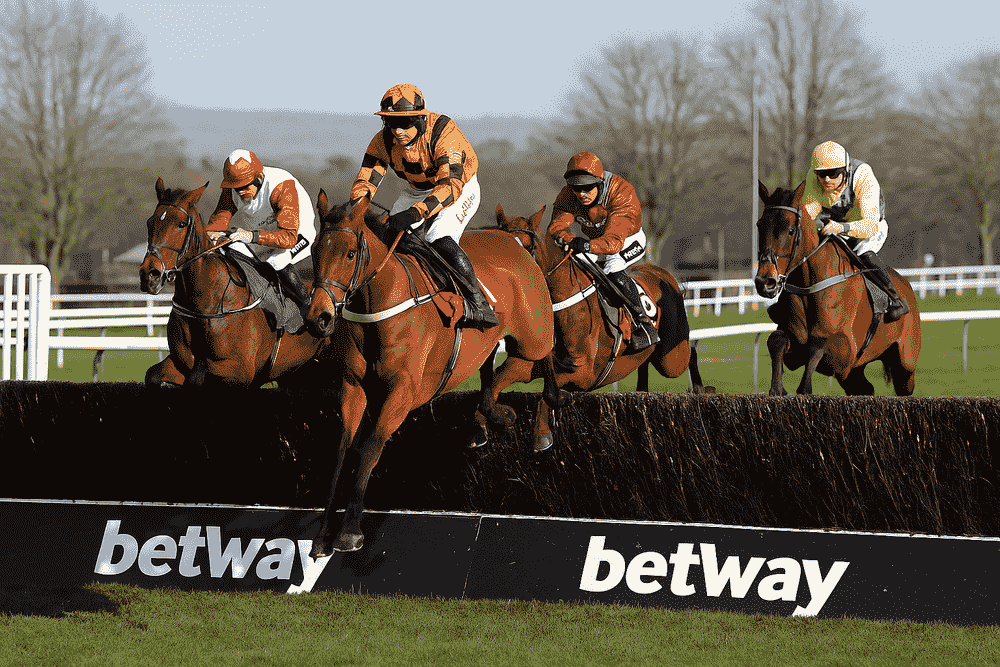
How do trainers actually win it? (or: the three big levers)
1) Bank the spring festivals
You can grind away all winter, but Cheltenham and Aintree are where title dreams get turbo-charged. In 2025, for example, Mullins pulled off a staggering 1-2-3 in the Grand National, and his team hoovered up roughly £860,000 of the £1m prize fund in one race—jet fuel for a late-season overtake.
2) Depth of squad
Championships aren’t won with one superstar, they’re won with a fleet: novices, handicappers, stayers, 2-milers, and a battalion of tough types for Ayr/Perth/Carlisle/Sandown in April. You need horses to run in the right races every week of the season.
3) Placement and timing
Smart placement is half the art. Find the right targets, avoid the wrong monsters, and keep horses fresh for the races that pay proper money. Trainers don’t get style points; they get cheques.
The modern powerhouses (and why they matter)
Paul Nicholls: the evergreen benchmark
Even in rebuilding years, Nicholls sets the standard for professionalism and strike rate, and when Ditcheat reloads—look out. The yard’s 14 titles aren’t a museum piece; they’re a reminder that cycles swing back.
Nicky Henderson: the hurdlers’ maestro
From Binocular to Constitution Hill, Henderson’s best tend to make hurdling look like ballet. Whenever Seven Barrows has a clean run through winter, the prize money turns serious in a hurry.
Dan Skelton: the fast-rising force
Skelton’s rise from “ex-Nicholls assistant” to title contender is one of the best modern stories. His 2024–25 campaign pushed Mullins to the wire and he led the standings deep into April. If you’re mapping the future, pin his name near the top.
Willie Mullins: history maker, title taker
Already the most successful trainer in Cheltenham Festival history, Mullins didn’t merely dabble in Britain—he won the whole thing twice, 2024 and 2025, with a ruthless late charge at Sandown both years. If he targets the British title again, everyone else checks their diaries… and their budgets.
These names will dominate most conversations about the National Hunt Trainers Championship, but they’re not the only players in town. We’ve put together a full Top Trainers to Follow for the 2025/26 National Hunt season if you want the bigger picture beyond the “big four”
So… what actually swings the title?
Let’s talk leverage races—the ones that move the prize money standings more than your average Tuesday handicap.
Cheltenham Festival (March) — the heartbeat of the National Hunt season
It’s four days of high-purse races. One purple patch can fling a trainer from “respectable” to “uh-oh, he’s coming.” Mullins’ Cheltenham dominance is a major reason he can stalk a title from across the Irish Sea.
The Grand National (Aintree, April)
It isn’t just iconic—it’s lucrative. In 2025, Mullins finishing 1-2-3 with Nick Rockett, I Am Maximus and Grangeclare West didn’t just make headlines; it sliced into Dan Skelton’s lead like a hot knife through butter.
Sandown’s finale (bet365 Celebration day)
This is the dramatic last act. Grade races (Oaksey, Celebration Chase) plus a chunky Gold Cup mean tens of thousands (or more) in swings within 90 minutes. In 2025, Mullins famously overturned a ~£68k deficit on the day to retain the crown. Yes, it was spicy.
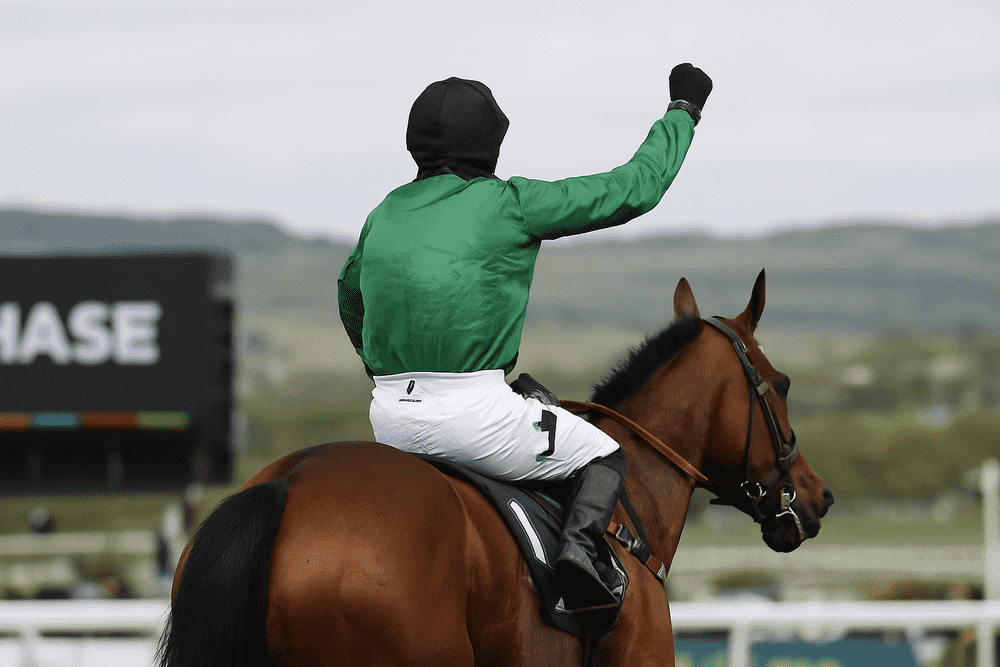
Common myths (and what the seasoned punters know)
- “Most wins = champion.”
Nope. Prize money decides it. A trainer can have fewer winners than a rival but nick bigger pots and take the title. - “If you’re based in Ireland you can’t win the British title.”
Mullins made that idea look very 1950s: first Irish-based champion since Vincent O’Brien (1954) in 2023–24, and again in 2024–25. - “The championship’s settled by Christmas.”
Tell that to anyone who’s watched the last day at Sandown. Those late-April purses change bank balances and trophies alike.
Quick history highlights (for the curious and the pedantic)
If you love a list, here’s the short history that explains the present:
- The post-war roll of honour is a who’s who of jumps: Fulke Walwyn, Fred Rimell, Vincent O’Brien (yes, before he changed the Flat forever).
- From the mid-90s, Martin Pipe industrialised winning and took 15 titles, including 10 straight—a record that may outlive us all.
- The baton passed to Paul Nicholls (14 titles), with Nicky Henderson often the foil and sometimes the conqueror.
- In the 2020s, Nicholls (2020–23) still collected silverware, but recent seasons have been defined by Mullins’ cross-sea raids and Skelton’s rise. The last two titles (2023–24 and 2024–25) went to Mullins.
Why fans and punters care
Because it’s a brilliant narrative thread through the season. Following the table tells you:
- Who’s in form (stables don’t fluke six-figure hauls).
- Where the firepower is heading (targeting spring festivals? flooding Sandown on the last day?).
- Which yards you might trust with your betting slips when the ground turns and the races get serious.
And if you want to dive deeper into the equine stars themselves, explore our dedicated Horses to Follow category where we track the key runners from the top stables
It’s also a handy decoder for headlines, and why jump racing fans track every twist in the prize money standings. When a trainer hits a hot week and surges up the table, you’ll understand why the commentary gets breathless.
How to check the live table (without arguing with your uncle)
If you want the official day-to-day picture, bookmark the Great British Racing Championship tables. They publish the Jump Trainers standings and note the season dates and daily update time (10:30am). It’s a clean snapshot that most outlets and commentators use for reference.
National Hunt Trainers Championship standings 2025/26 and what to watch
The new season runs May 2025 to April 2026. Expect the usual rhythm: summer jumps ticking along, winter ramping up, then the festivals deciding the mood music. The BHA has tweaked parts of the jump programme with an eye on developing horses earlier—something to watch as trainers place their novices. But the National Hunt Trainers Championship itself remains what it’s always been: most prize money wins.
Who are the likely protagonists? If history is a guide: Mullins (if he targets Britain again), Skelton (armed and ambitious), Nicholls (never count out a reload), and Henderson (if the yard’s big guns stay sound). The cast can change, but those are your usual heavyweights. And if you want a closer look at the horses that could shape the season, check out our guide to the Horses to Follow for the 2025/26 Jumps Season.

Little pub stories you can steal
- Grand National as title lever: in 2025, Mullins’ 1-2-3 didn’t just make lovely photos; it hacked a huge chunk off Skelton’s lead. Races that size are essentially championship cheat codes—legal ones.
- Final-day drama is normal: Mullins overturning a ~£68k deficit at Sandown to retain the title sums up how knife-edge the finale can be. (There’s a reason everyone refreshes the prize-money column like it’s a stock ticker.)
- Records that still stand: Pipe’s 15 titles and 10 straight remain the Mount Everest of the Trainers Championship. If anyone ever tops that, buy them a statue and a brewery.
FAQs (because Google loves them and so do busy readers)
It’s based on total prize money earned in British National Hunt races. The trainer with the most money at season’s end is champion.
For 2025/26, it runs from 3 May 2025 to 25 April 2026, with standings updated daily at 10:30am.
Martin Pipe holds the record with 15 titles, including an unmatched 10 in a row from 1996 to 2005.
Willie Mullins won in 2023/24 and 2024/25, becoming the first Ireland-based trainer since 1954 to claim back-to-back titles.
The National Hunt Trainers Championship is the season-long title in British jumps racing, decided by prize money won by each trainer’s horses.
Final thoughts (over that pint)
The National Hunt Trainers Championship is part marathon, part heist movie. You need months of planning, a squad that stays healthy, and the nerve to drop your best horses into the richest races when the whole sport’s watching. That’s why following the National Hunt Trainers Championship is addictive: it’s a rolling, real-time story of strategy, stamina and the occasional audacious last-day smash-and-grab.
If you want to keep tabs like a pro, track the official standings, pay attention to where the prize money lives, and don’t fall into the “most wins must be champion” trap. And when someone at the bar says, “He’s only £70k behind heading into Sandown,” you can nod, sip your pint, and quietly think: game on.


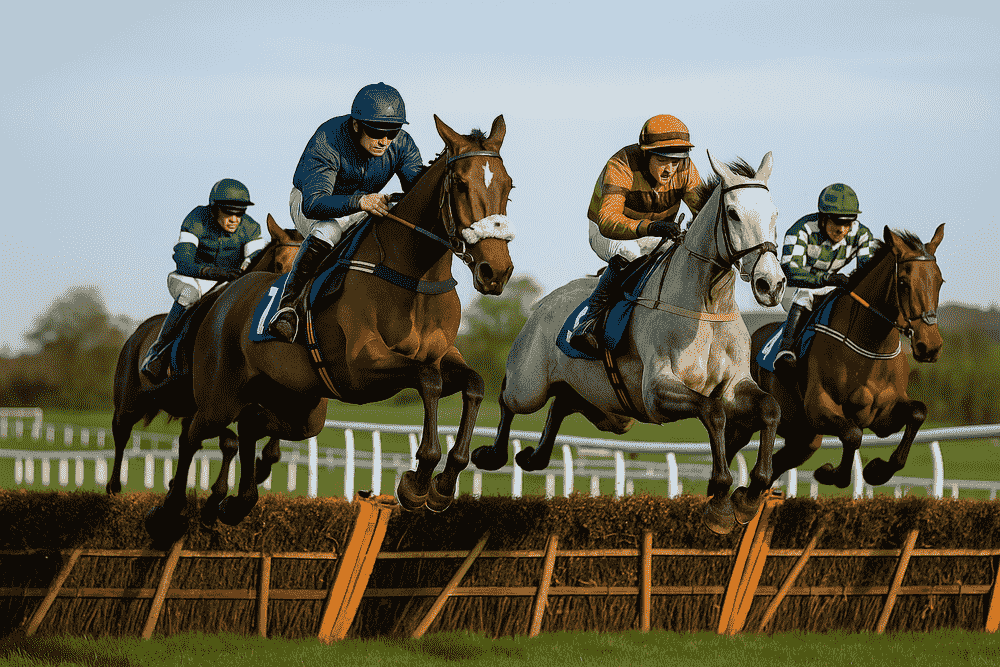
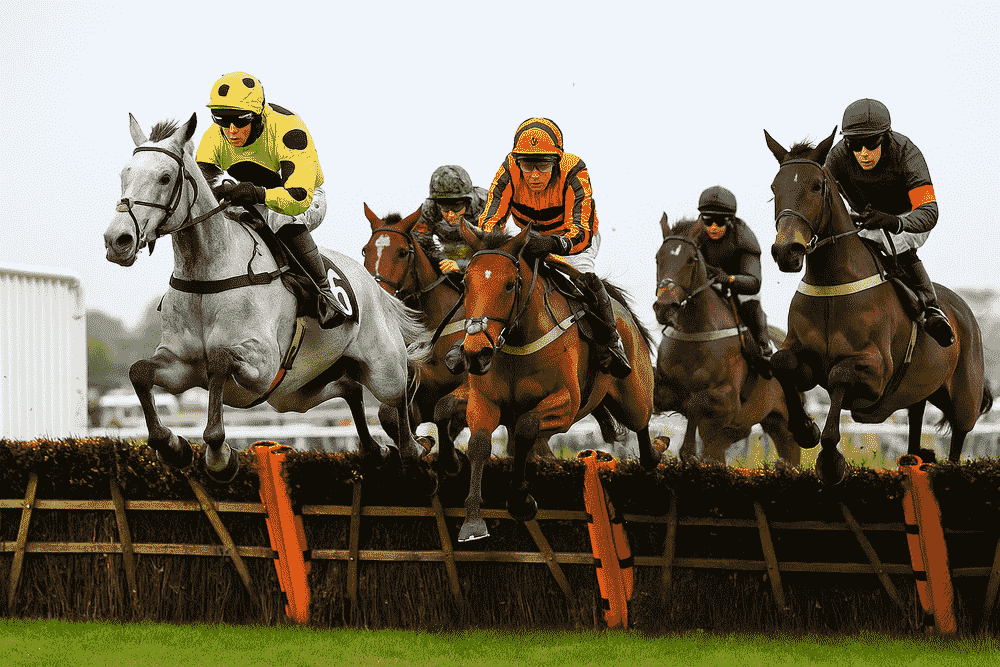
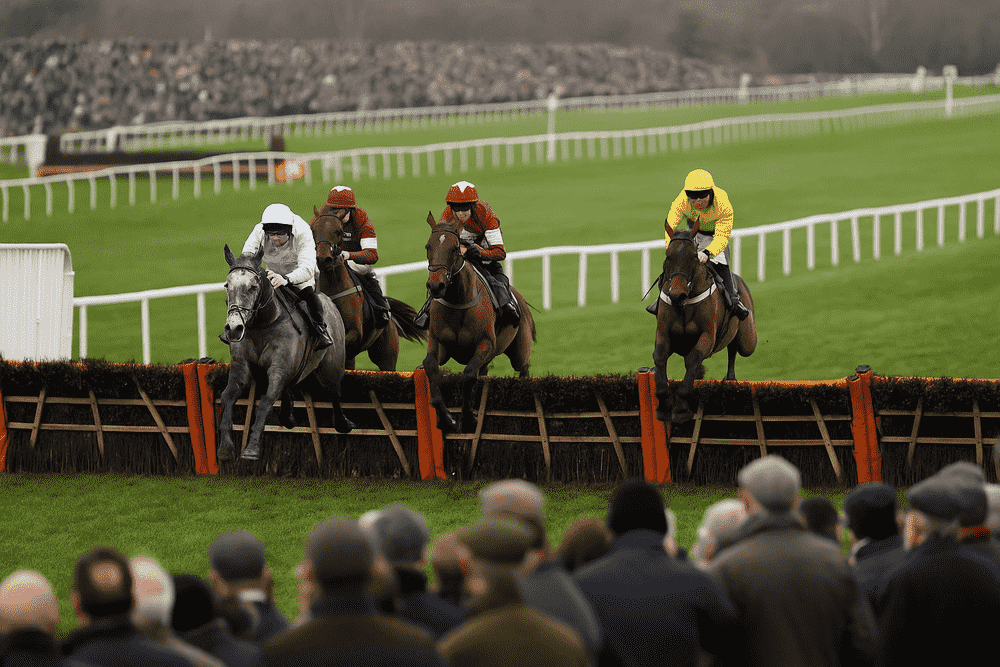

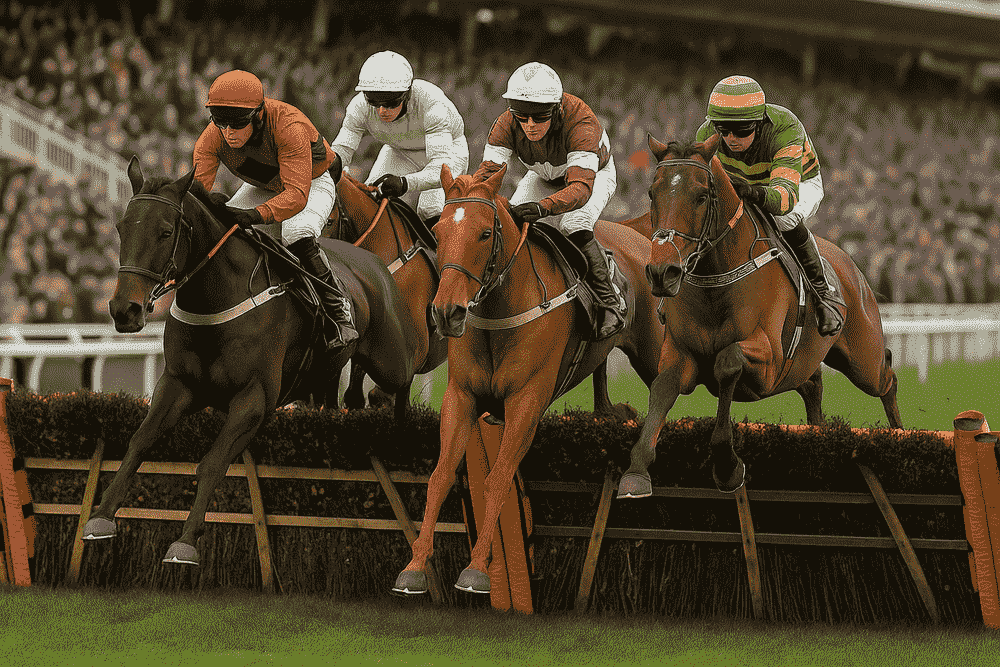

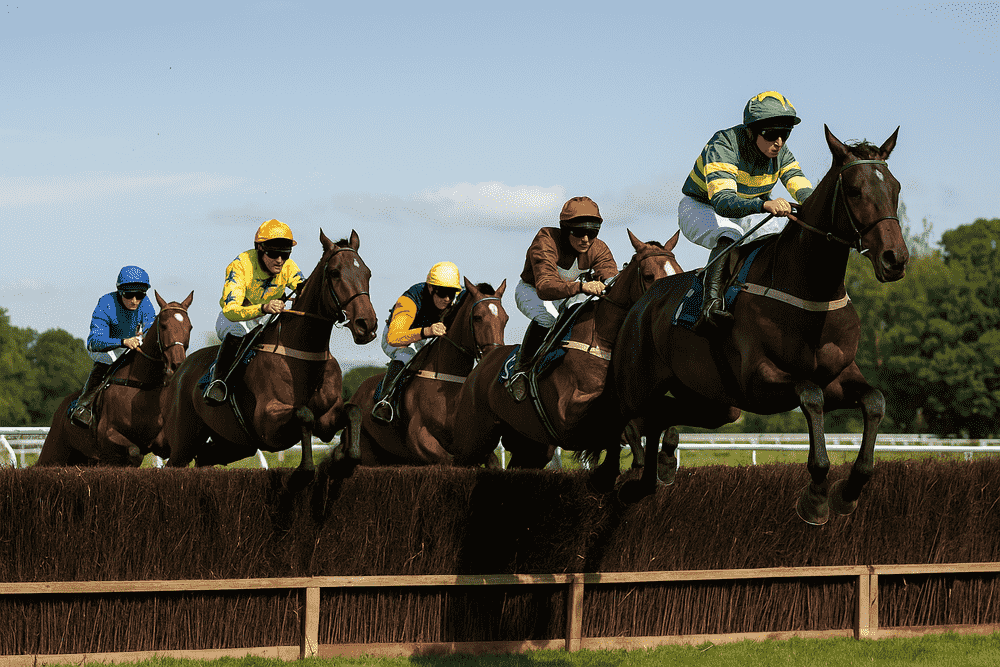
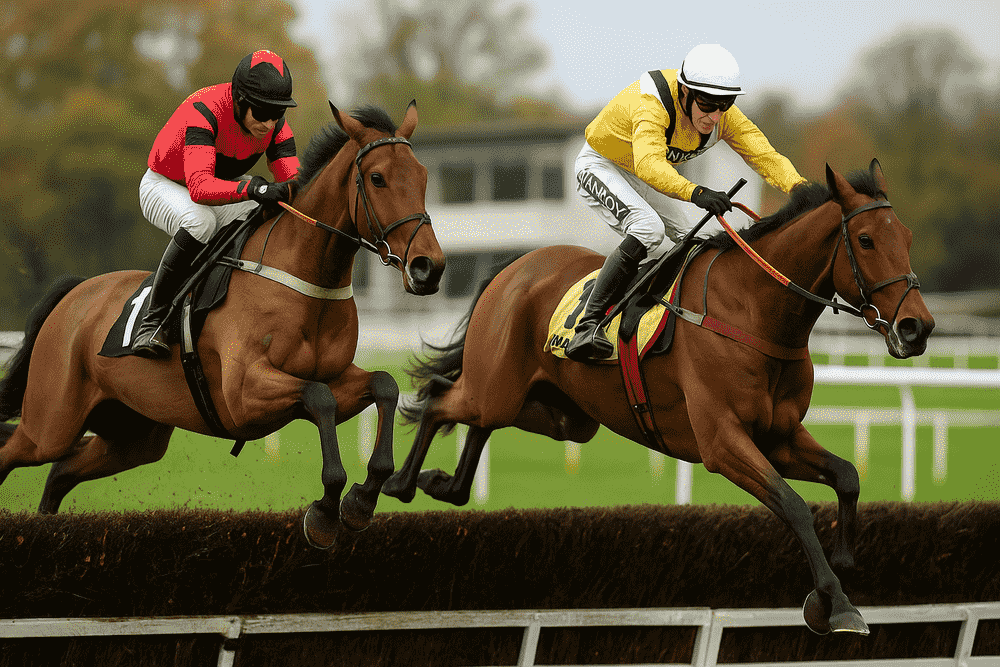

Leave a Reply